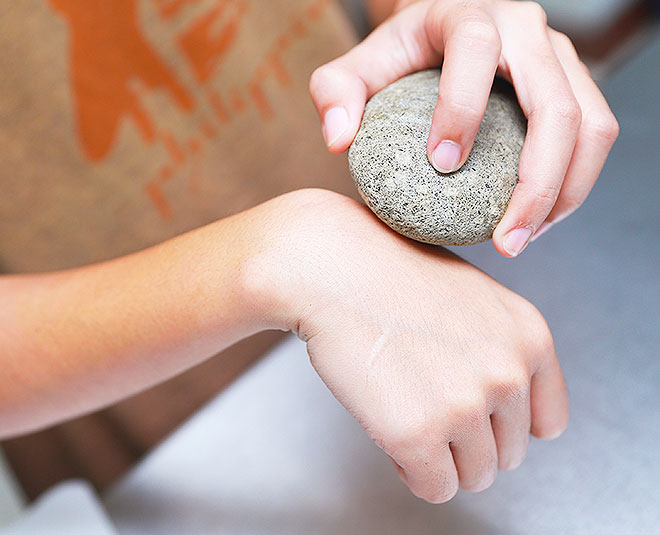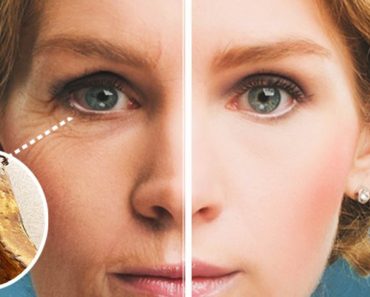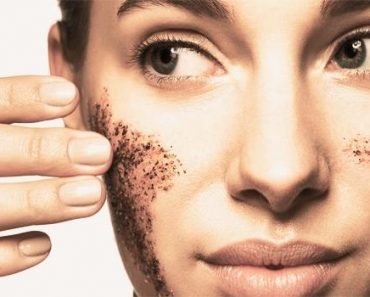A well recommended tool by dermatologist for exfoliating skin and making it smooth

HerZindagi
It’s nearly hard for our skin to glow naturally all year. Every now and then, we need to take matters into our own hands, and the pumice stone is the ideal instrument for the job.
Dermatologists say the natural exfoliating product, which can be obtained cheaply and dates back to 100 B.C.E., is simple to use and will transform your dry, calloused feet into silky, smooth ones. The pumice stone not only eliminates that annoying dead and flaky skin, but it’s also soft enough to use on a regular basis if you’re careful.
What is a pumice stone
Pumice is a natural product that is best known for exfoliating rough spots on feet, elbows, and hands, allowing for softer skin to emerge. It is formed by a combination of water and lava. “When the lava/water [combination] cools, it hardens, resulting in a light rock with a porous texture,” says the stone’s texture.
Pumice stones come in a variety of sizes and forms, and some are even attached to handles, making them even more convenient to use. This is especially true for the feet, which can suffer from dryness, flakiness, and calluses as a result of severe wear and strain.
How to properly use a pumice stone
Almost everyone’s skin changes naturally over the course of the year. In the winter, the cold, dry air dries the skin approximately ten times; in the summer, our feet are exposed to the elements, making them more vulnerable. Grab a pumice stone and follow these four steps to gently exfoliate:
Step 1 : Soak both your skin and the stone (separately) in warm water for five to ten minutes before starting. This, according to Dr. Laureano, will make the process easier by releasing the dead-callused skin. It will also soften the roughness of the stone, making it feel less harsh.
Step 2 : After both the skin and the stone have soaked in warm water, gently rub the stone over the area in a circular motion to exfoliate. You will most likely notice dead skin peel off when performing this step for two to three minutes. To keep track of how much skin you’re exfoliating, you should stop and rinse the region and the stone from time to time.
Step 3 : Check the suppleness of your skin with your hand after exfoliating for a few minutes. If the region still feels dry or hard, use the stone in a circular motion on it for another one or two minutes. You’re finished when your skin feels smooth. After you’ve reached this point, don’t use the pumice stone in one sitting because it’s possible to overdo it, causing skin irritation, bleeding, and scarring.
Step 4 : After you’ve finished using the pumice stone, rinse the rock as well as the treated area in warm water. “Pumice stones are porous that’s why they can collect dead skin.” As a result it is important to wash and rinse your stone after each use.
Then, to keep the smoothness longer, use your favorite body lotion or foot cream. It’s also generally okay to repeat the entire procedure every day if your skin requires it.
Is there anything bad about using a pumice stone?
Overall, dermatologists advise against using a pumice stone too aggressively, especially on sensitive areas of the body. Use a pumice stone on regions with thicker skin, such as the knees, elbows, and feet.
The pumice stone is a dermatologist-recommended tool for exfoliating dry, calloused skin.
It’s not only cheap, but it’s also reusable, and when used correctly, it can offer you smoother skin.





